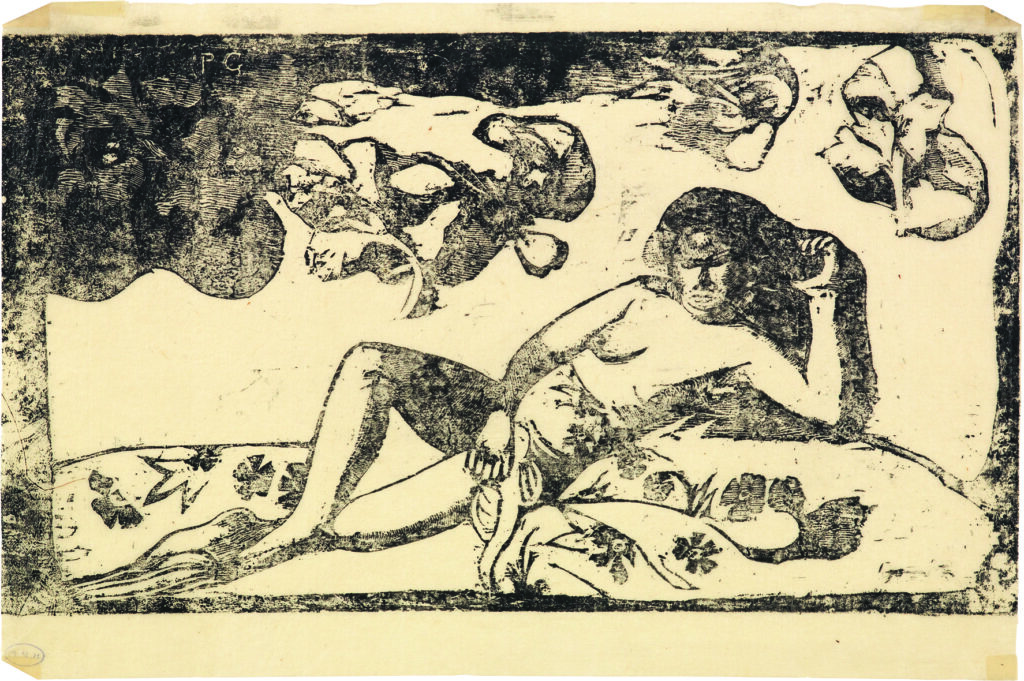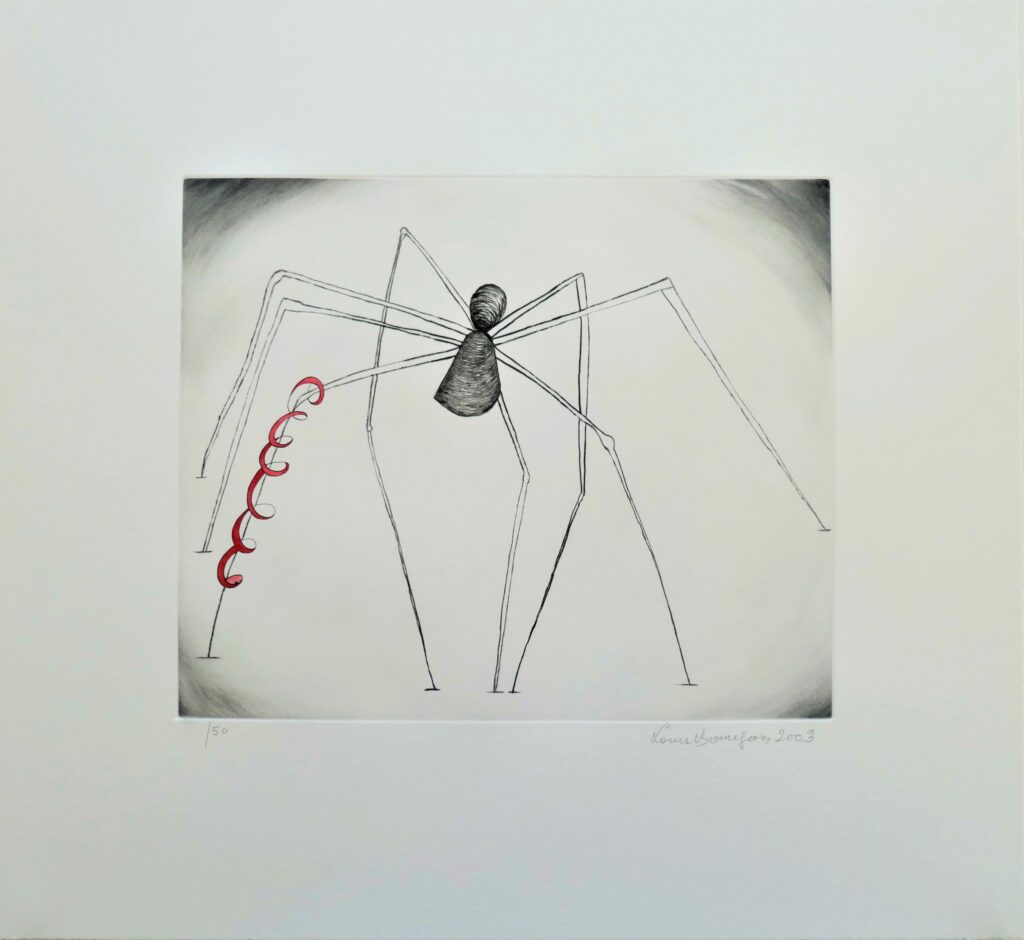Famous French Artists
· blog
Famous French artists have been some of the greatest and influential artists that have ever lived. From the 18th century they spear headed new styles of art that shocked the art world most notably Impressionism and then subsequently Post-Impressionism. Symbolic styles of art often routed in religion were replaced every day scenes of normal people.

Impressionalists offered up realistic scenes of modern everyday life, and very often worked outdoors instead of in a studio. These artists found that they could more easily capture the transient, momentary effects of sunlight by painting al-fresco.

Post-Impressionism as one of the world’s most famous art movements is characterised by a subjective, personal approach to painting, as artists looked to inspire emotion as opposed to realism in their artwork. Although their styles were many and varied, paintings created using Post-Impressionist themes do have some notable similarities. These include long brushstrokes, symbolic motifs and unnatural colour. Unlike the Impressionists, who were focussed on capturing the way natural light affected tonality, Post-Impressionists deliberately used an artificial colour palette in expressing their emotionally-charged perceptions of the world they were living in.

The most well-known French painters who represented Impressionism were responsible for setting new standards for painting as an art medium and having a profound impact on art history. A new paradigm in painting was established by French artists including Édouard Manet, Claude Monet, Pierre Auguste Renoir, Edgar Degas, and Camille Pissarro who established Impressionism as an artistic movement. By treating shapes, shadows, colour, and spatial effects, artist Paul Cezanne developed his own distinctive style, and his work signalled the beginning of contemporary understanding of painting. Looking at the works of Henri Rousseau, Paul Gauguin, and Henri de Toulouse Lautrec near the end of the 19th century, we find the French school of Post Impressionism, which also made an unavoidable contribution to the overall history of art. The origins of contemporary painting, as practised by Georges Braque, who is regarded as one of the fundamental figures of Cubism and Fauvism, emerged in the late 19th and early 20th centuries.
